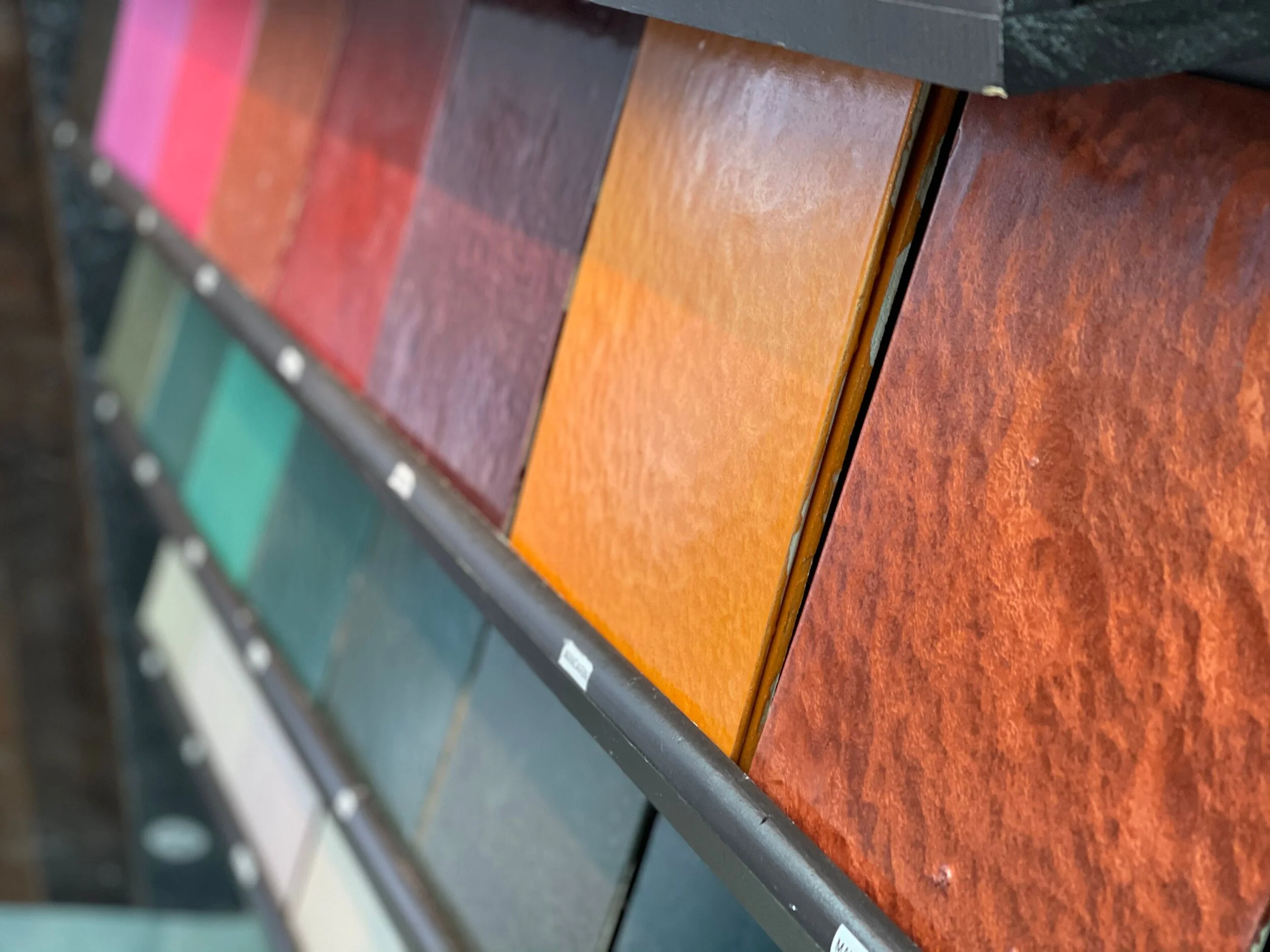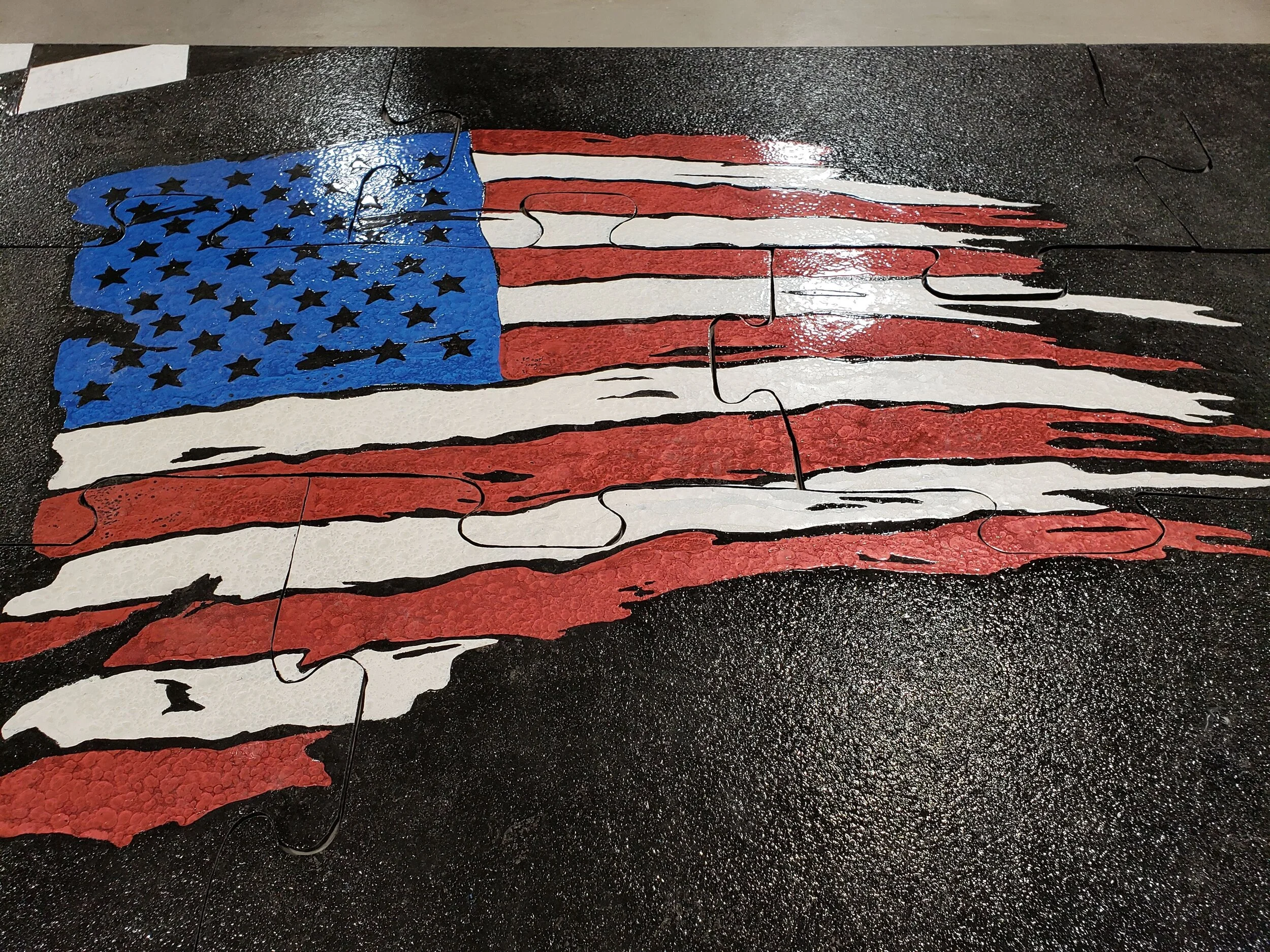Dying clothes, hair, fabric, even hard boiled eggs during Easter are all common occurrences used to enhance the look of whatever medium it is being applied to. Dying concrete however – is a comparatively new method and is continuously growing in popularity.
Colored concrete, in contrast, is not new in and of itself as contractors have been using stains and integral color since the early 1900s. So why now is dying concrete becoming the most popular method of coloring concrete? While staining is a great option for amazing color transformations – dyes are an underrated coloring agent that can achieve vibrant tones simply not possible with stains alone.
What is Concrete Dye?
Concrete dyes are translucent, penetrating color solutions. Unlike acid-based stains, they do not react chemically with concrete. Instead, they contain very fine coloring agents that penetrate into the concrete surface.
Both water- and solvent-based dyes are available, with each type having unique qualities. Dyes tend to produce tones that are more predictable and uniform than stains, but it’s still possible to achieve interesting color variations.
Benefits of Concrete Dye:
Time – Experts say that, besides depth of penetration, a dye’s biggest advantage is speed of application. An acetone-borne dye can be applied to a 2,000-square-foot concrete floor in about half an hour, and it can be sealed about half an hour later. There’s no waiting for the color to be cleaned and dried like there is with acid stains.
Color Choices – Dyes are available in tones more vibrant than possible with most stains, such as red, yellow, orange, purple and cobalt blue. And the colors can easily be mixed at the jobsite or diluted to obtain a multitude of other shades. Most dyes are packaged in concentrated form, allowing flexibility in the end color. They can be used full strength to attain greater depth of color or diluted with water or solvents to produce paler shades or simply a light wash of color. You can also intermix different colors of dye to produce your own custom hues.
Reaction vs. Penetration – To put it very simply, dyes penetrate the deepest, while stains react or bond. Dye particles are smaller than colorant particles in either acid stains or water-based stains, so they can get deeper into a concrete surface.
Dyes are a unique and vibrant way to enhance the aesthetic appeal of both commercial and residential flooring. Dyes take the color vibrancy up another level. Often used on polished concrete floors or to make bold graphics, logos or stenciled designs. Cutting Edge Decorative Concrete has mastered the best practices in the industry in order to stand apart from the competition and deliver flawless results with every project they take on. Contact them today to find out how they can help with your updating needs 330-659-6686.

